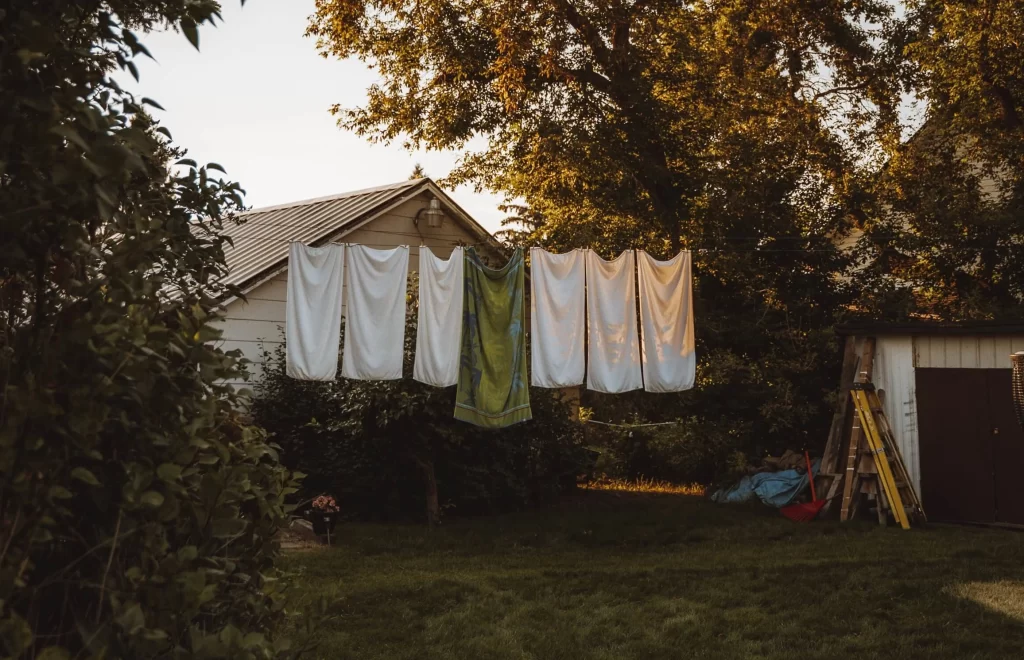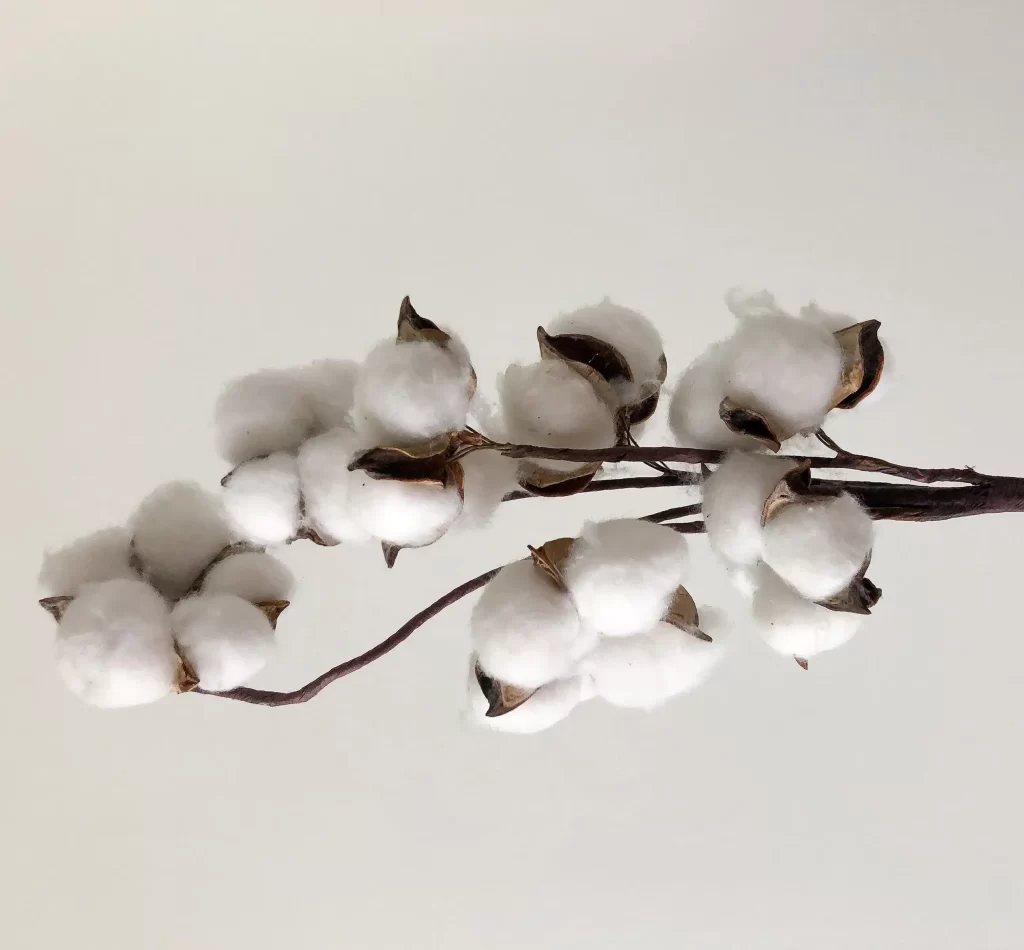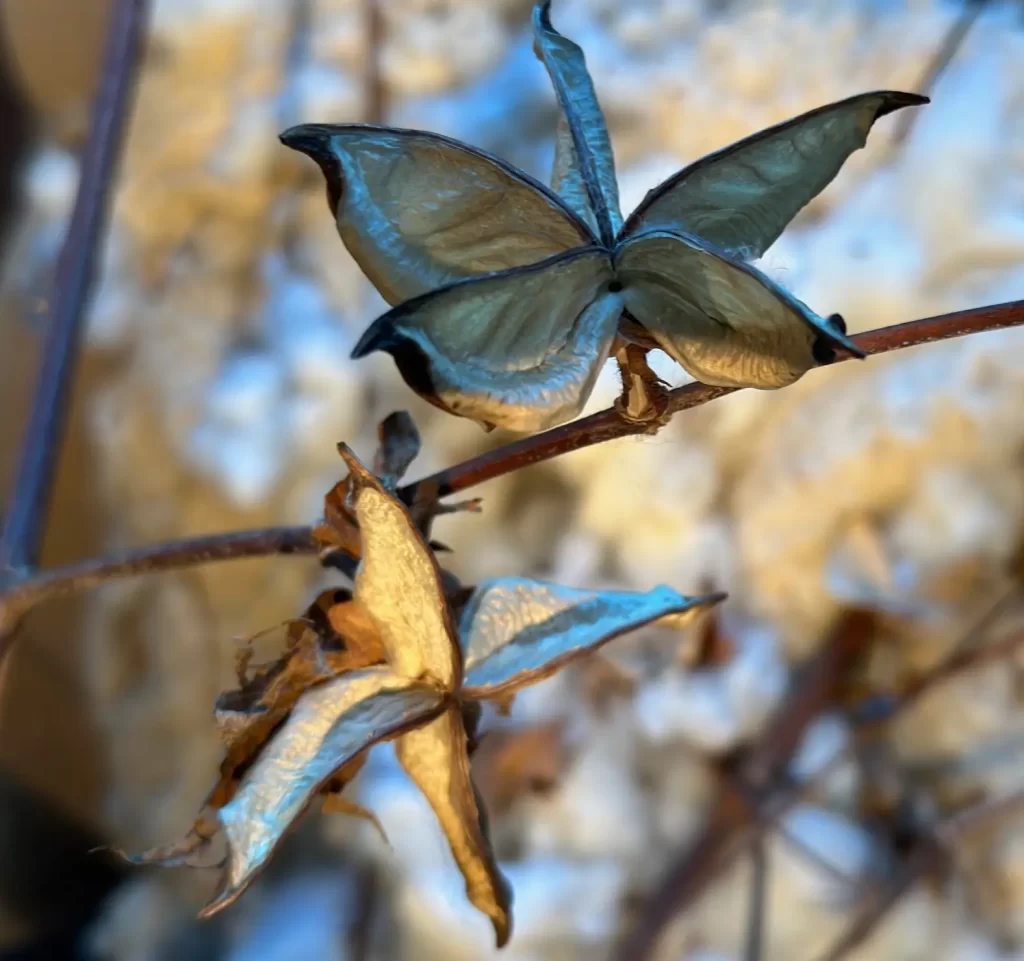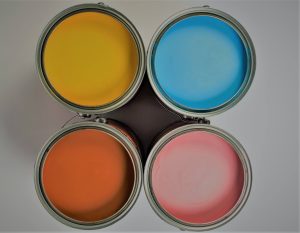In this latest installment to the Home Textiles 101 blog series, we will learn about the most widely used and economically important natural fiber in the world: Cotton!
Cotton has been cultivated for use in textiles for millennia. In ancient India, the earliest cotton textiles have been dated to at least 6000 years BC. To put that into a little perspective, that is more than 8,000 years from today!
In Peru, cotton textiles have been dated not much later to 5500 BC. In Mexico, where cotton species have their highest diversity, cotton domestication has been dated to around 3400 BC. So, cotton textiles have been with us for a very long time.
However, despite rising demand for cotton textiles throughout history, the growing and harvesting of cotton was a labor and resource intensive enterprise. The supply of available cotton fabric could not keep up with the growing demand.
The invention of the mechanical cotton gin by Eli Whitney in the late 18th century, however, revolutionized the production capacity of this commodity and consequently changed the course of global and US history!
While the history of cotton is fascinating and important, it exceeds the scope of this blog. Instead, let’s learn about what cotton is and how it is used in interior design.
What is Cotton?
Because cotton fibers look like little tufts of hair, they were once considered to be a type of wool. In fact, the German word for cotton makes reference to this: Baumwolle literally translates to “tree wool”! However, like all animal hair, wool is made of proteins called keratin, which plants cannot produce.
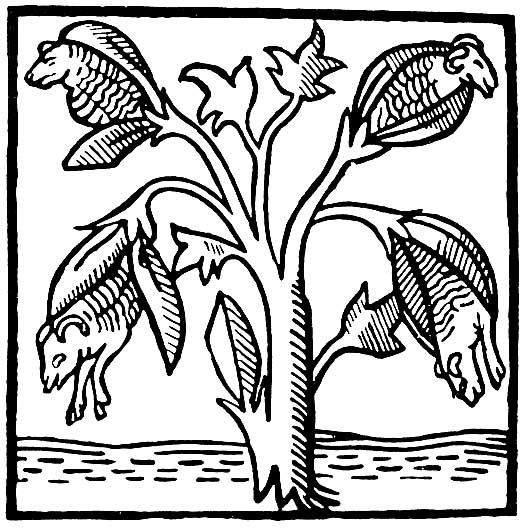
Cotton is a staple fiber that is harvested from the plants in the genus Gossypium. There are many species in this genus, growing as either shrubs or trees, but the vast majority of industrially harvested cotton is derived from only four: G. hirsutum, G. barbadense, G. arboreum, and G. herbaceum.
Cotton fibers are cellulosic strands of plant material that surround and protect cotton seeds. These fibers develop within the fruit of the cotton plant, called the boll. As the boll matures, it begins to burst open and reveals the tufts of cotton fibers. These fibers are then harvested (either mechanically or by hand), processed, and spun into cotton yarns used for weaving fabric.
The fibers are graded by both diameter and length. Each of the commercially important cotton species produces fibers of varying lengths, and within each species there may be several varieties with unique characteristics.
The vast majority of cotton grown in the world today (about 90%) comes from upland cotton, G. hirsutum. Upland cotton is native to North and Central America and the Carribean and today makes up about 95% of cotton grown in the United States, alone.
The fibers produced from the upland cotton plant vary in length from about 3/4 of an inch to a little over an inch long. Because these are relatively short fibers, fabrics woven from this cotton tend to have a softer, fuzzier hand and have a tendency to pill. However, due to its ubiquity, upland cotton tends to be cheaper and so is used in most cotton items you might buy.
Alternatively, longer staple cotton fibers produce better yarns that are woven into higher quality fabrics. Because the fibers are longer, the fabrics that use long-staple cotton are more durable and have a smoother hand and better sheen.
Most cotton fibers classified as “Extra Long Staple” (ranging from 2 to 2.5 inches in length) come from the tropical G. barbadense plant, which originates from western South America. There are a number of G. barbadense varieties that produce longer fibers which have strong brand recognition. Things like Egyptian cotton, Pima Cotton, and Sea Island cotton are well-known and highly regarded for their fiber lengths and the quality of the fabrics they produce.
Qualities of Cotton

Cotton in the Home
Most cotton items for use in the home are made with fabrics that are plain-woven. The most common items to be made from plain weave fabric are bedsheets, curtains, pillow covers, tea towels, tablecloths, placemats, and other such items. These can be dyed, printed, or woven with multicolored yarns (such as in cambric fabric).
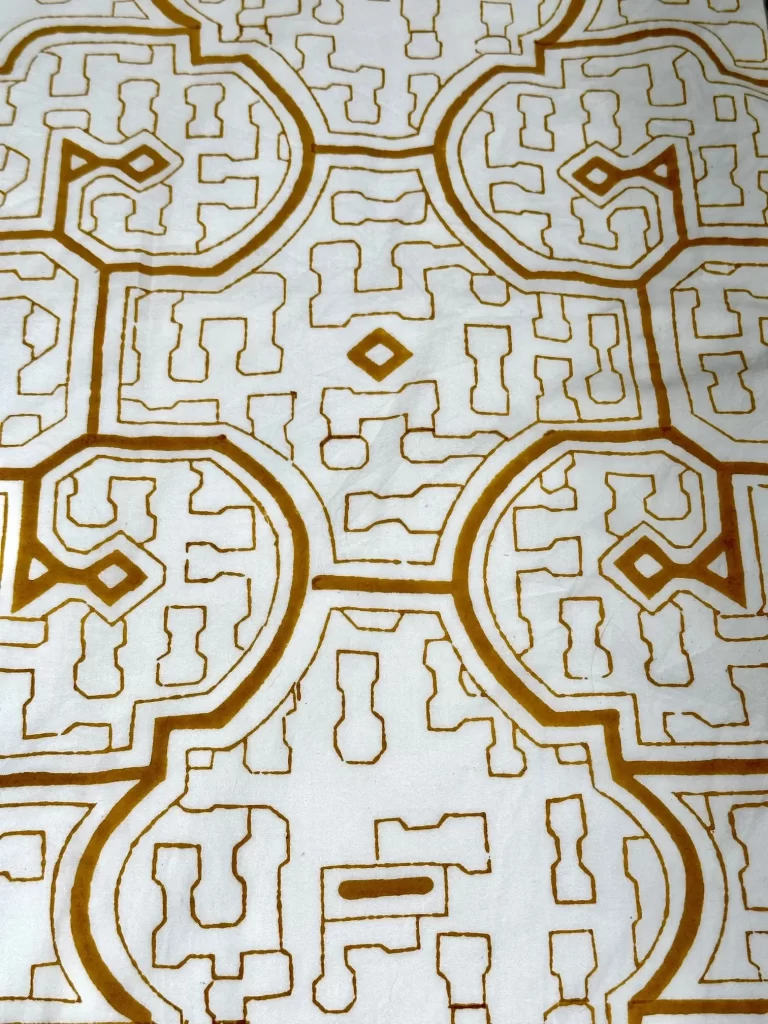
Cotton fabrics for use in the home can also be created with other weaving techniques such as are used for velvets, toweling, or sateen.
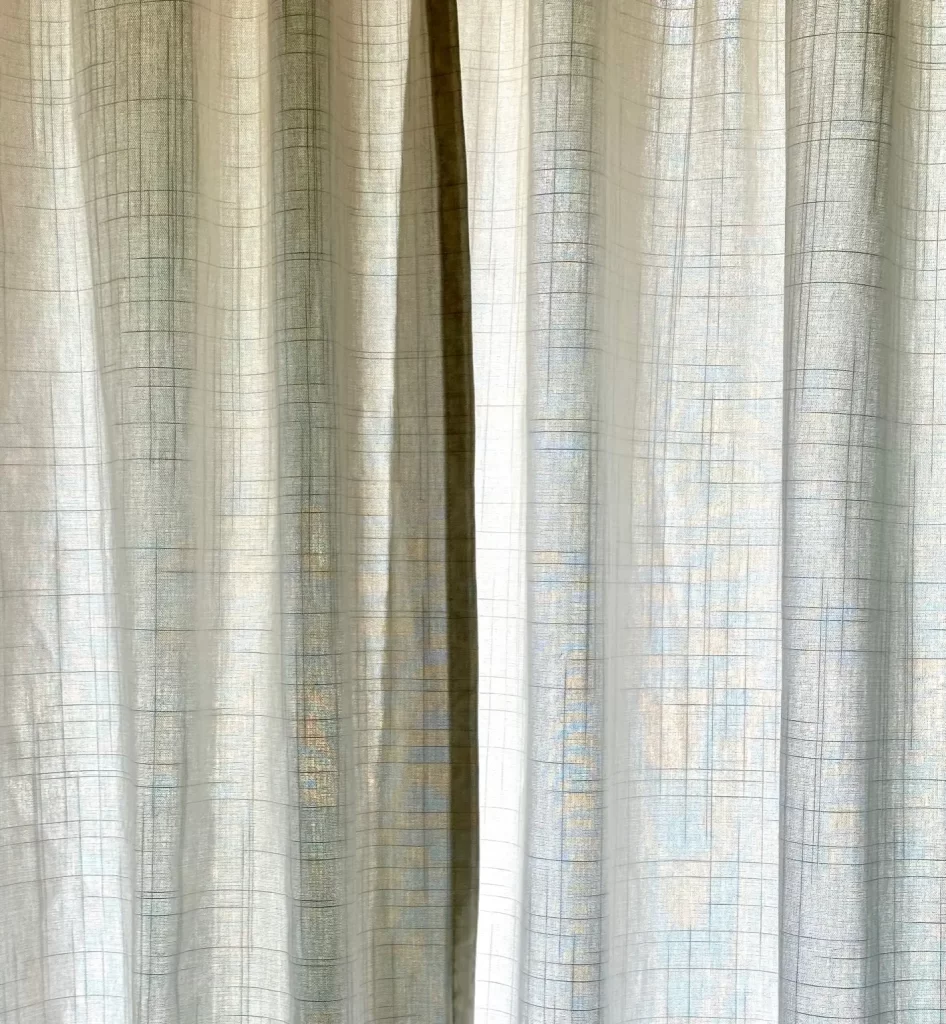
Cotton is not as widely used for floor coverings today, although you might still find smaller woven mats and rugs made with this fiber. In the 19th century and earlier, large floor coverings were used in areas like kitchens or main hallways that were made of cotton canvas which was printed or painted and then lacquered in linseed oil for waterproofing. This precursor to linoleum, called oilcloth, provided a durable yet easily washable surface that could still be quite beautiful.
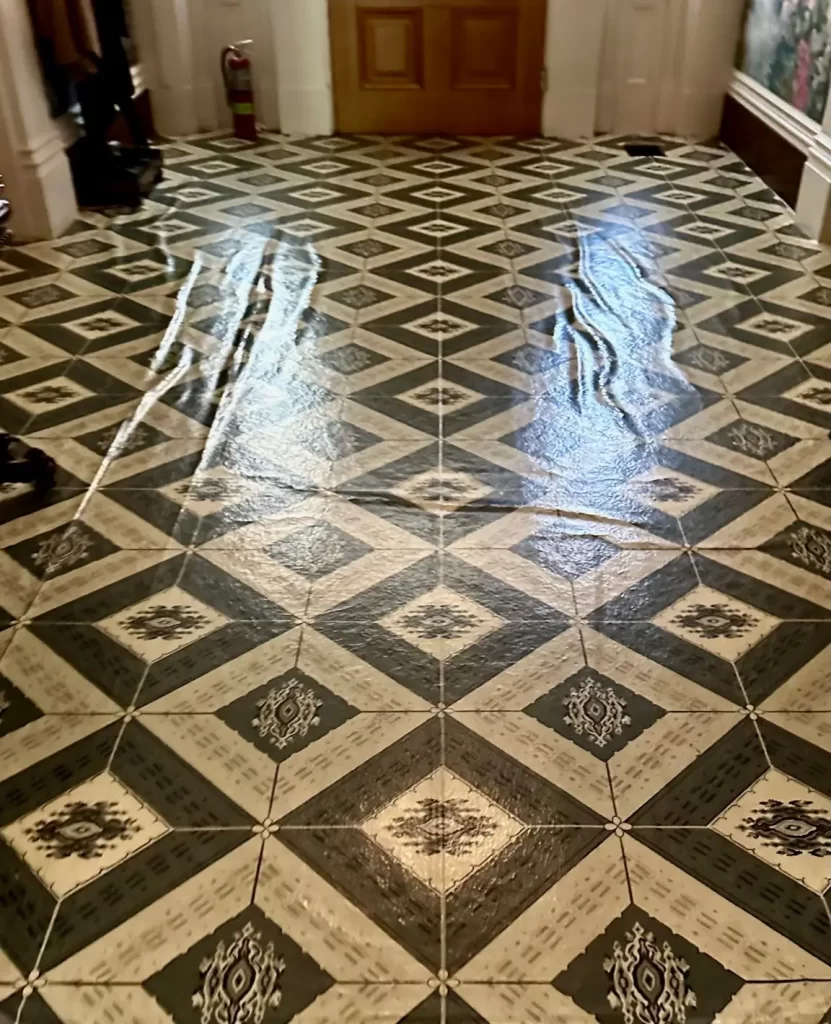
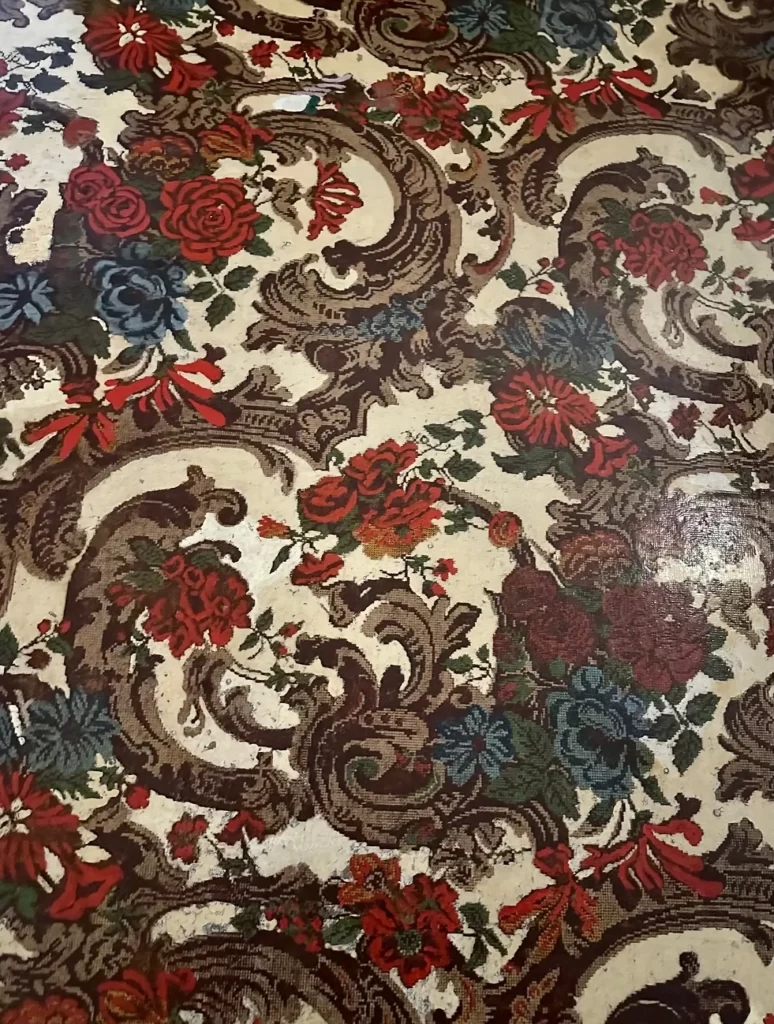
For upholstery, cotton fabric is not the most ideal and many plain-woven cotton fabrics are best reserved for only light applications like the seats of dining room chairs. Thicker cotton fabrics, like velvets, can still be used for upholstery. Hard-wearing cotton fabrics like canvas duck are often used for slipcovers since they are easily removable and washable, but may not be the best choice for more permanent upholstery applications unless heavily treated for stain resistance.
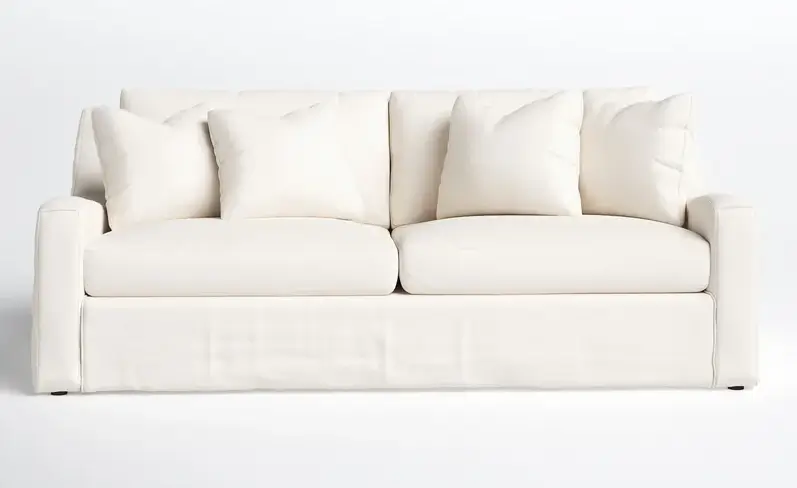
The Fabric of Our Lives?
Since the middle of the 20th century cotton has faced increasing competition from synthetic fibers like polyester in both clothing and home textiles. The rise of fast fashion not only for garments but also in home goods has only put more pressure on cotton. So much so, that a group of cotton growers banded together in the 1970s to found Cotton Incorporated, a non-profit organization dedicated to promoting cotton. In 1989, they launched the exceedingly sentimental yet still very effective “The Fabric of Our Lives” campaign to raise awareness among consumers about the virtues and ubiquity of this fiber.

Today, cotton remains the undisputed “king” of natural fibers used for textiles around the world. There are a number of qualities in the fiber that makes cotton fabrics a very livable textile option both as clothing and for use in the home.
It really is the fabric of our lives!

